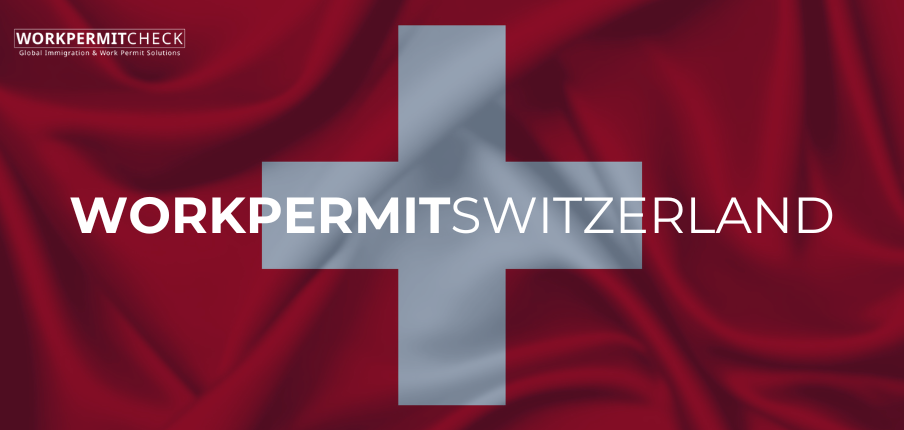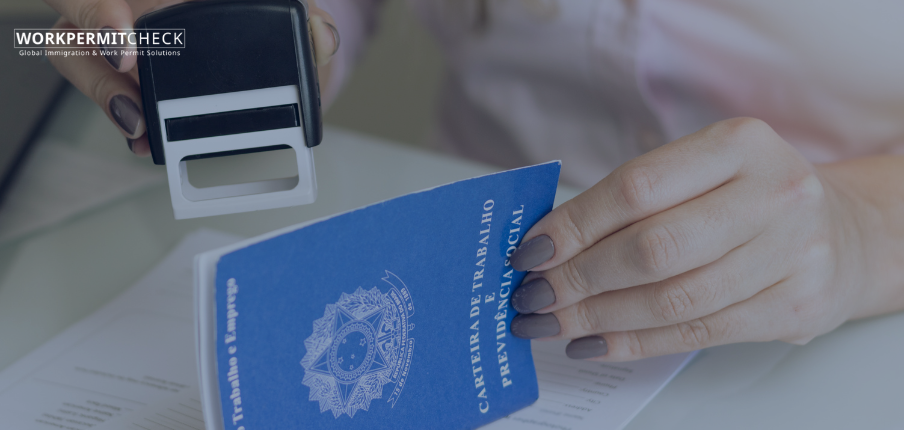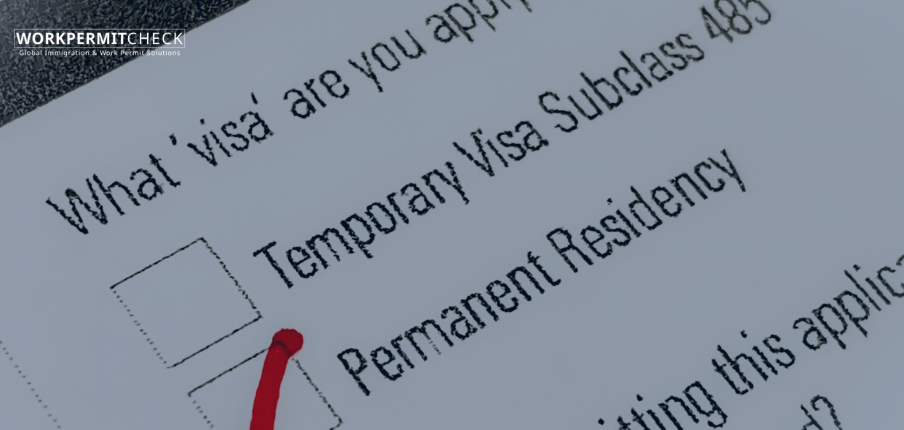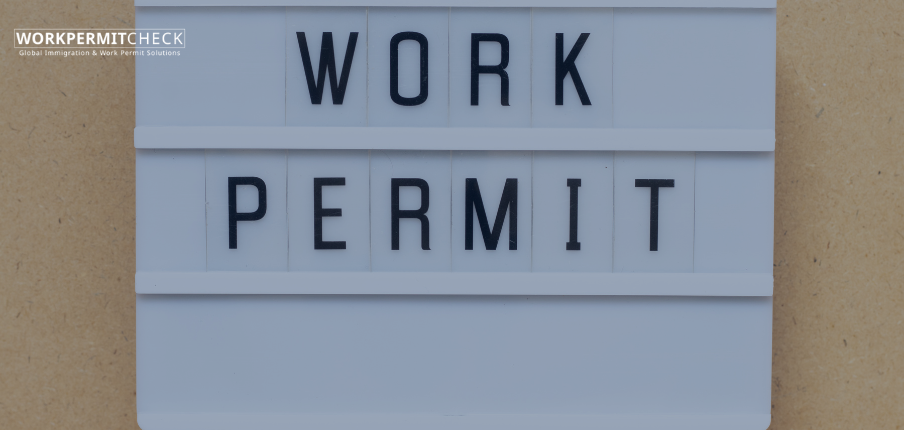Receiving a work permit rejection can be frustrating, especially if you were counting on it to start a new job or relocate for better career prospects. However, in many cases, you have the right to appeal the decision. This guide will walk you through the appeal process and what you can do to improve your chances of success.
Understanding the Reasons for Rejection
Before proceeding with an appeal, it’s crucial to understand why your work permit was denied. Common reasons include:
-
Incomplete or incorrect documentation – Missing paperwork or errors in your application.
-
Failure to meet eligibility criteria – Not meeting job qualifications, salary requirements, or other conditions.
-
Employer-related issues – The employer not fulfilling legal obligations or not proving the necessity of hiring a foreign worker.
-
Quota limitations – Some countries have annual limits on work permits for foreign workers.
-
Concerns about your background – Issues like past visa violations or criminal records.
Check the rejection letter carefully, as it usually contains details about why your application was denied and whether you have the right to appeal.
Can You Appeal?
Whether you can appeal depends on the country’s immigration policies. Some nations allow appeals, while others require you to submit a fresh application. The rejection letter will typically state if an appeal is an option.
Steps to Appeal a Work Permit Rejection
If you are eligible to appeal, follow these steps:
1. Review the Rejection Letter Carefully
-
Identify the specific reasons for rejection.
-
Determine if there is a deadline to file an appeal.
2. Gather Supporting Documents
-
Collect missing or additional documents to address the rejection reason.
-
If the issue was an employer-related concern, ensure your employer provides the necessary proof.
-
Obtain legal or expert advice if necessary.
3. Write an Appeal Letter
-
Address it to the relevant immigration or labor authority.
-
Clearly explain why you believe the rejection was incorrect or unfair.
-
Provide evidence and supporting documents.
-
Keep it professional and concise.
4. Submit the Appeal
-
Follow the instructions given in the rejection letter.
-
Ensure you submit it within the deadline.
-
Check if an appeal fee is required.
5. Attend Any Required Hearings or Interviews
-
Some appeal processes may require you to attend a hearing.
-
Be prepared to explain your case and answer any questions.
6. Wait for a Decision
-
Processing times vary by country and case complexity.
-
You may be notified via mail, email, or an online portal.
What If the Appeal Is Denied?
If your appeal is unsuccessful, you still have other options:
-
Submit a new application – Fix any previous mistakes and provide stronger documentation.
-
Seek legal assistance – An immigration lawyer may help explore other legal routes.
-
Consider alternative visas – Some countries offer different work visas that may be more suitable.
Final Thoughts
A work permit rejection is not always the end of the road. By understanding the reasons, following the correct appeal procedures, and providing the necessary documentation, you may still have a chance to secure approval. If you’re unsure about the process, seeking professional advice can significantly improve your chances of success.
March 28, 2025










































